

Imperial celebrated its deep links with CERN and the power of international collaboration with a visit to the Large Hadron Collider.
CERN is more than just a feat of engineering. It is a tremendous human endeavor. It shows what happens when we collaborate across borders and work as partners Professor Alice Gast President of Imperial
Imperial alumni, donors and friends gathered at the landmark international research facility on Tuesday 11 June, where they were given a unique look at some of the most exciting experiments taking place at the largest and most powerful particle accelerator ever built.
Imperial academics publish more than 200 research papers with CERN colleagues every year, and the College has 130 staff working at the facility.
The visit was hosted by Professor Alice Gast, President of Imperial College London, and Professor Sir Tejinder Singh Virdee, Professor of Physics at Imperial and CERN researcher.
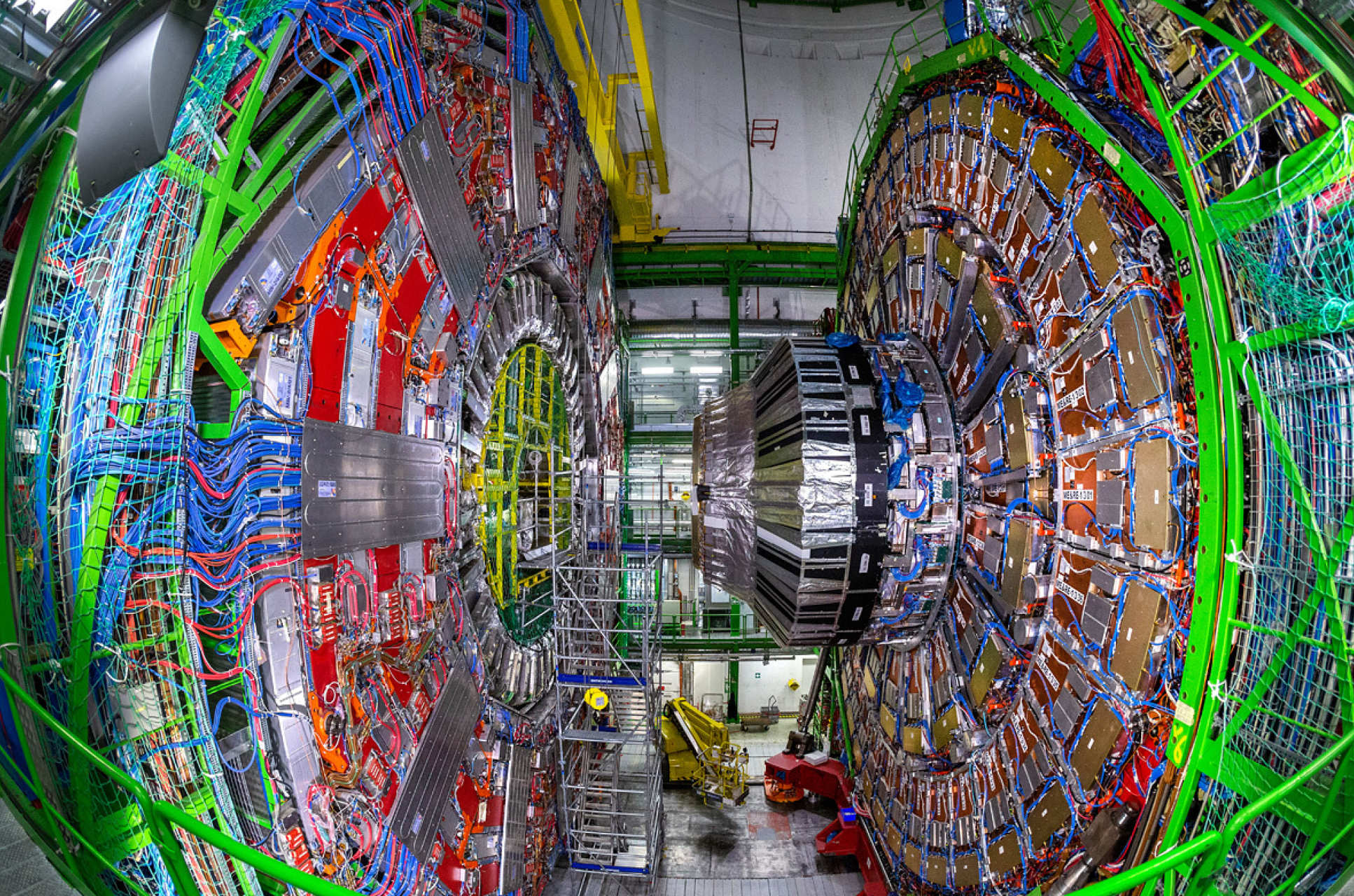
Fundamental questions
The Large Hadron Collider consists of a 27-kilometre ring of superconducting magnets. Inside the accelerator, two high-energy particle beams travel at close to the speed of light before they are made to collide.
Speaking at the event, Professor Virdee explained that that the protons in the counter-rotating beams interact head on. The collisions of interest involve the fundamental particles inside the proton - quarks and gluon - that are the smallest building blocks of matter as we know it. This process gives us clues about how the particles interact and provides insights into the fundamental laws of nature.
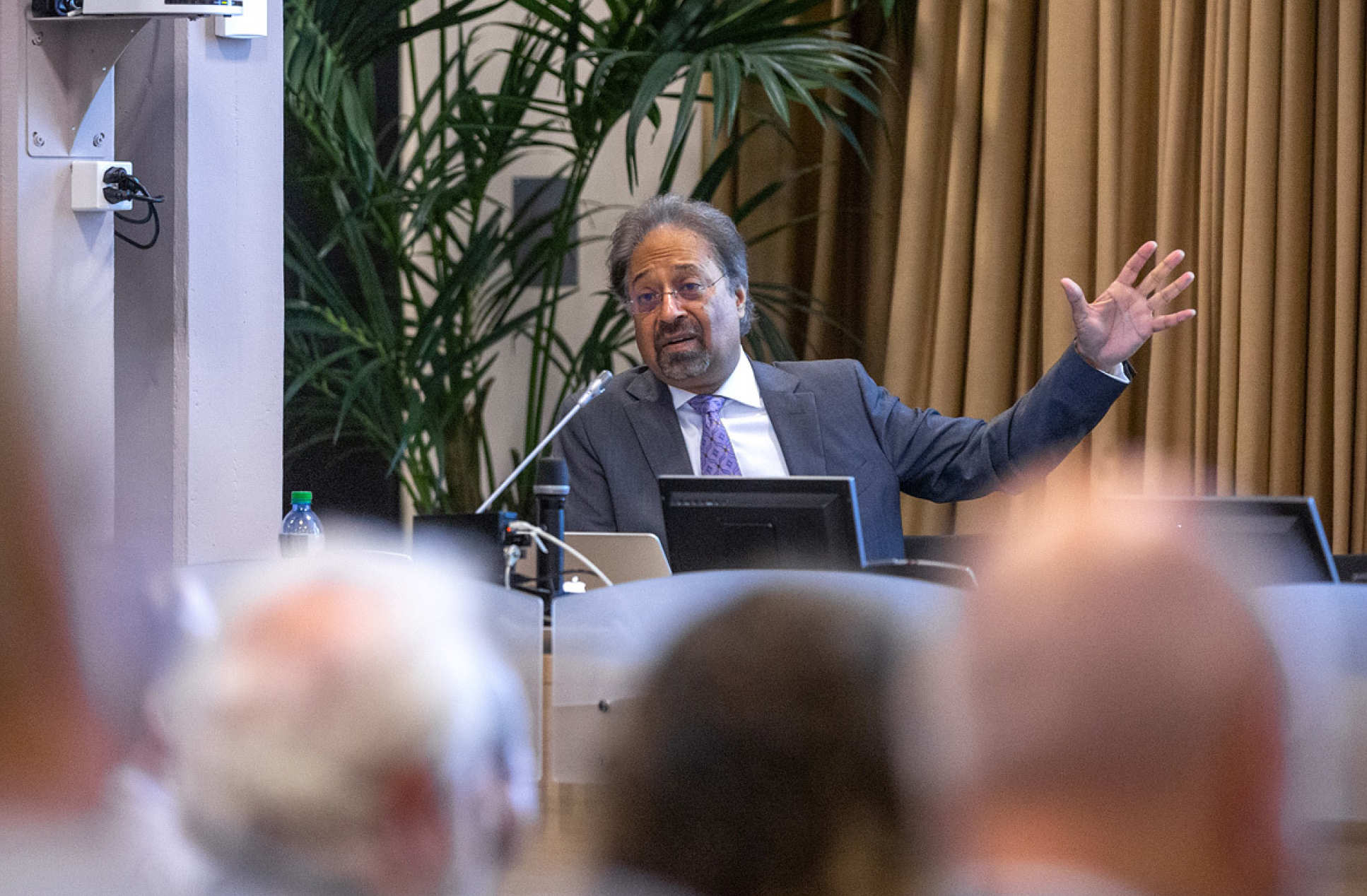
“The Large Hadron Collider allows us to probe nature moments after the big bang, and reveal its secrets”, he said. “Why is there something rather than nothing? How many dimensions do we exist in? These are the sorts of questions we seek to answer.”
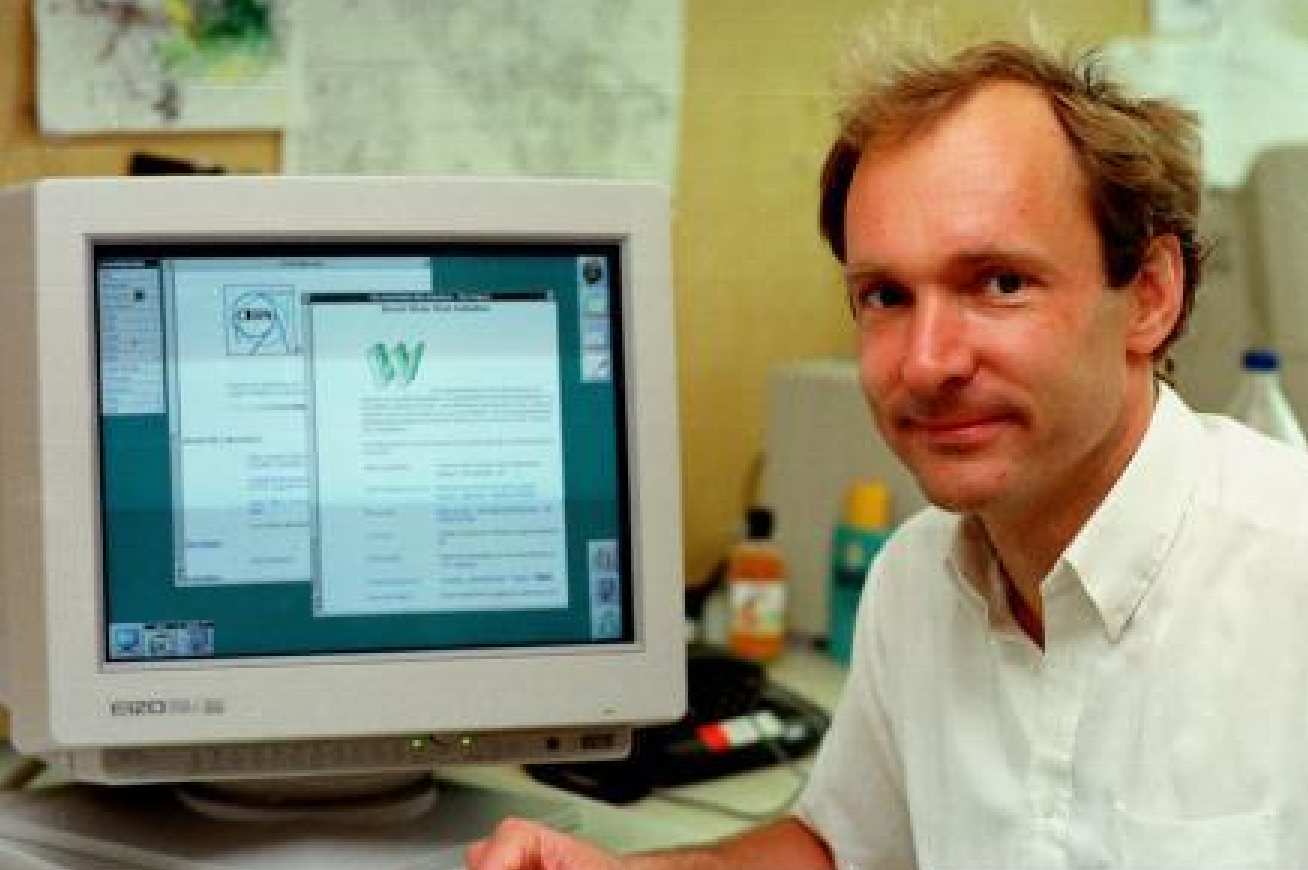
While many of these questions might seem esoteric, CERN’s work often leads to paradigm-shifting technologies, Professor Virdee explained. The most famous example is the World Wide Web, which was invented by British scientist Tim Berners-Lee while working at CERN in 1989. It was originally developed to facilitate automated information-sharing between scientists around the world. In 1993, CERN made the underlying code available to everyone, free of charge, unleashing a wave of creativity and innovation.
Tracing the evolution of our universe
The tour included a behind-the-scenes tour of the Compact Muon Solenoid (CMS), a detector based at the Large Hadron Collider (LHC) that was used for observing the Higgs boson.
The CMS, which is one of the most complex instruments science has ever seen, sits over one of four points in the LHC where the accelerated particles collide. It acts as a giant, high-speed camera, taking forty million phenomenally detailed images every second, and is used to investigate physics phenomena such as the Higgs boson, extra dimensions, and particles that could make up dark matter.
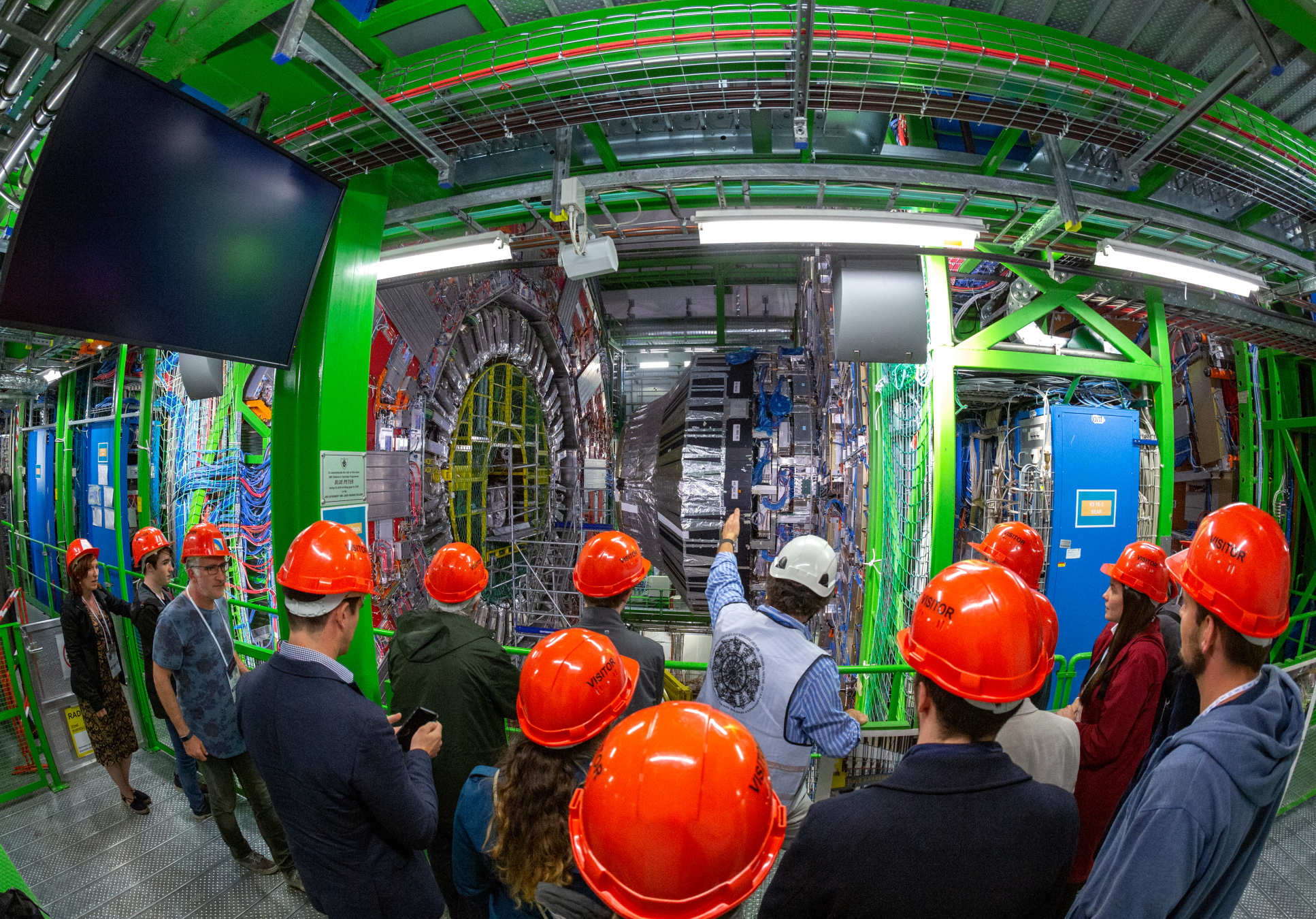
Imperial was instrumental in the development of the CMS and to the ongoing experiment. Professor Virdee was one of five physicists who first proposed the CMS experiment in the 1990s and oversaw its construction. He has been the driving force behind many of the major technology decisions in CMS, especially the selection of the calorimeter technologies, which collect crucial information about the energies of the various particles produced in each collision.
Imperial scientists from the High Energy Physics Group also contribute to the experiment across three major areas: equipment for the detector; processing, storing and managing the measurement data; and interpreting this data to gain a deeper understanding of nature.
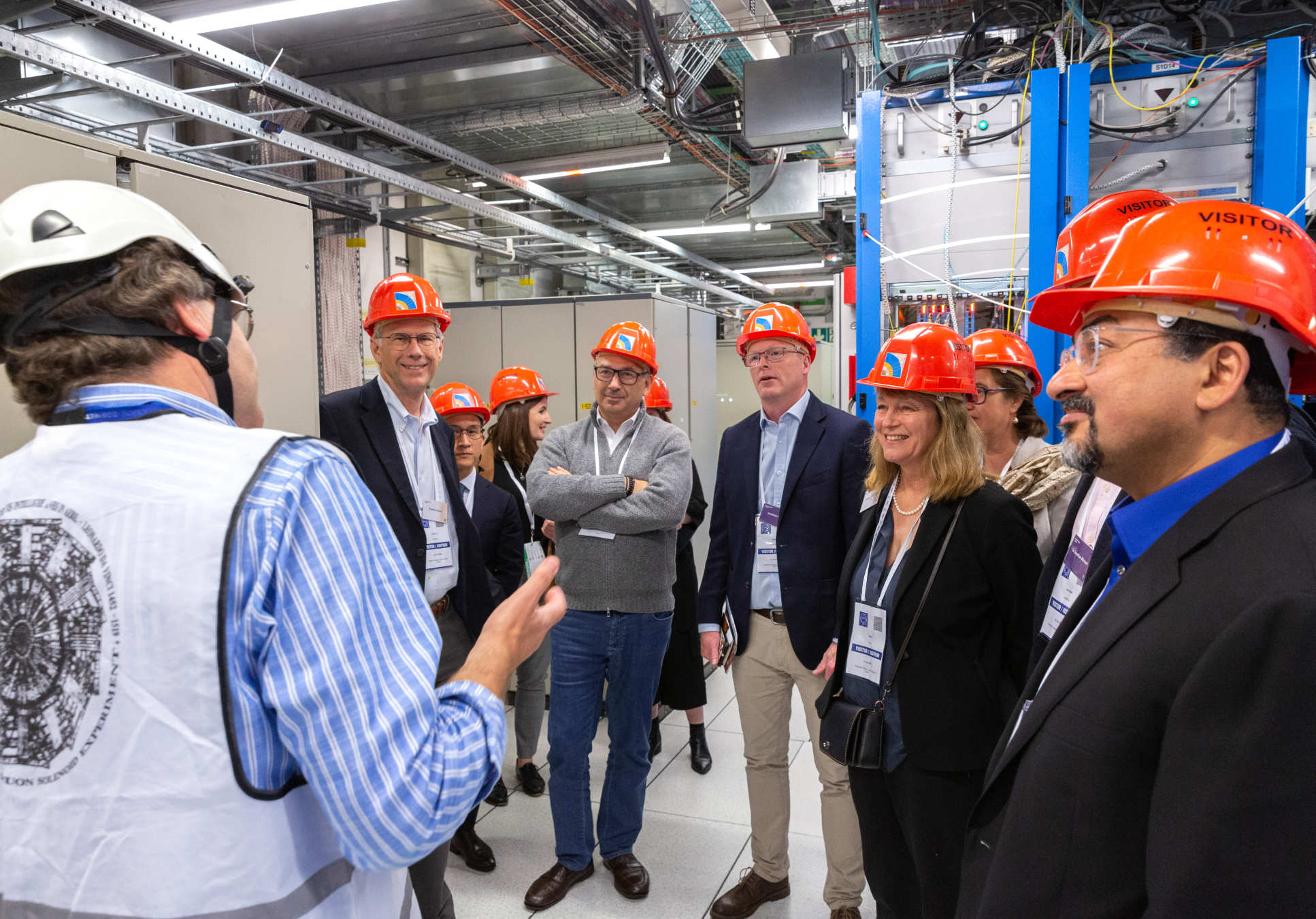
During the tour, the Imperial group also had the opportunity to visit the CERN Control Centre, which houses all the controls for the accelerator, its services and technical infrastructure.
Alumni joined the tour from as far afield as the USA and Singapore, as well as a number from the UK joining groups from Switzerland and the rest of Europe. Dr Michael Lee, an Imperial alumnus who graduated from the Department of Physics in 1957, said that the visit to the CMS was “very impressive”.
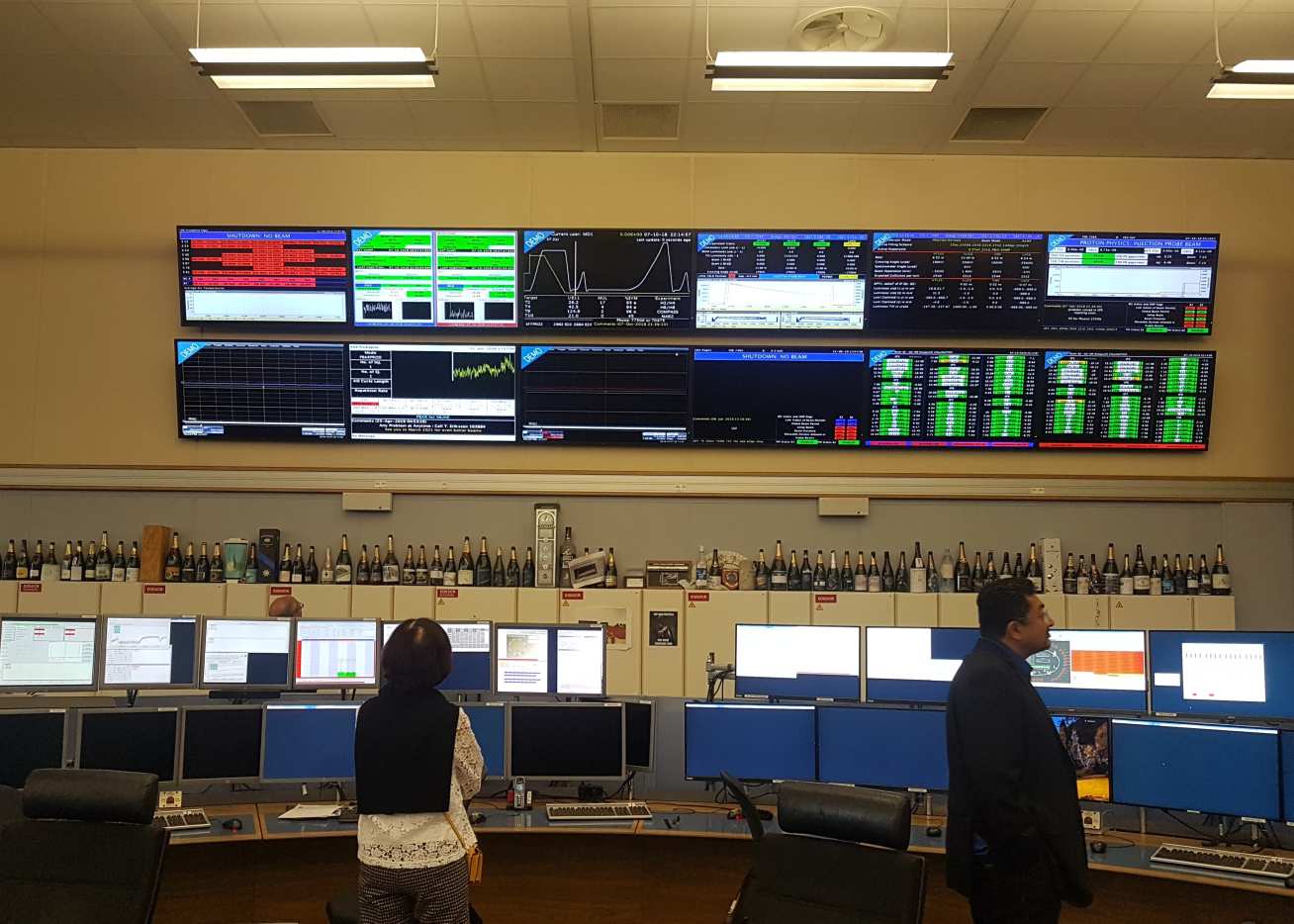
Following the visit, the Imperial alumni group were joined by CERN researchers members at an evening reception. Edward Inglett, Second Secretary Political at the British Embassy, addressed attendees about UK science in Switzerland.
Imperial PhD student Angelo Giacomo Zecchinelli is working on the CMS experiment at CERN. Speaking at the reception, he said: “When I decided to study physics as an undergraduate, my ultimate aim was always to come to CERN – it is an incredible place. You can really feel the excitement of what we’re doing here.”
“The environment at CERN allows you to meet people from so many countries and cultures. Coming from Imperial, this is very familiar to me. The two institutions share an international community.”
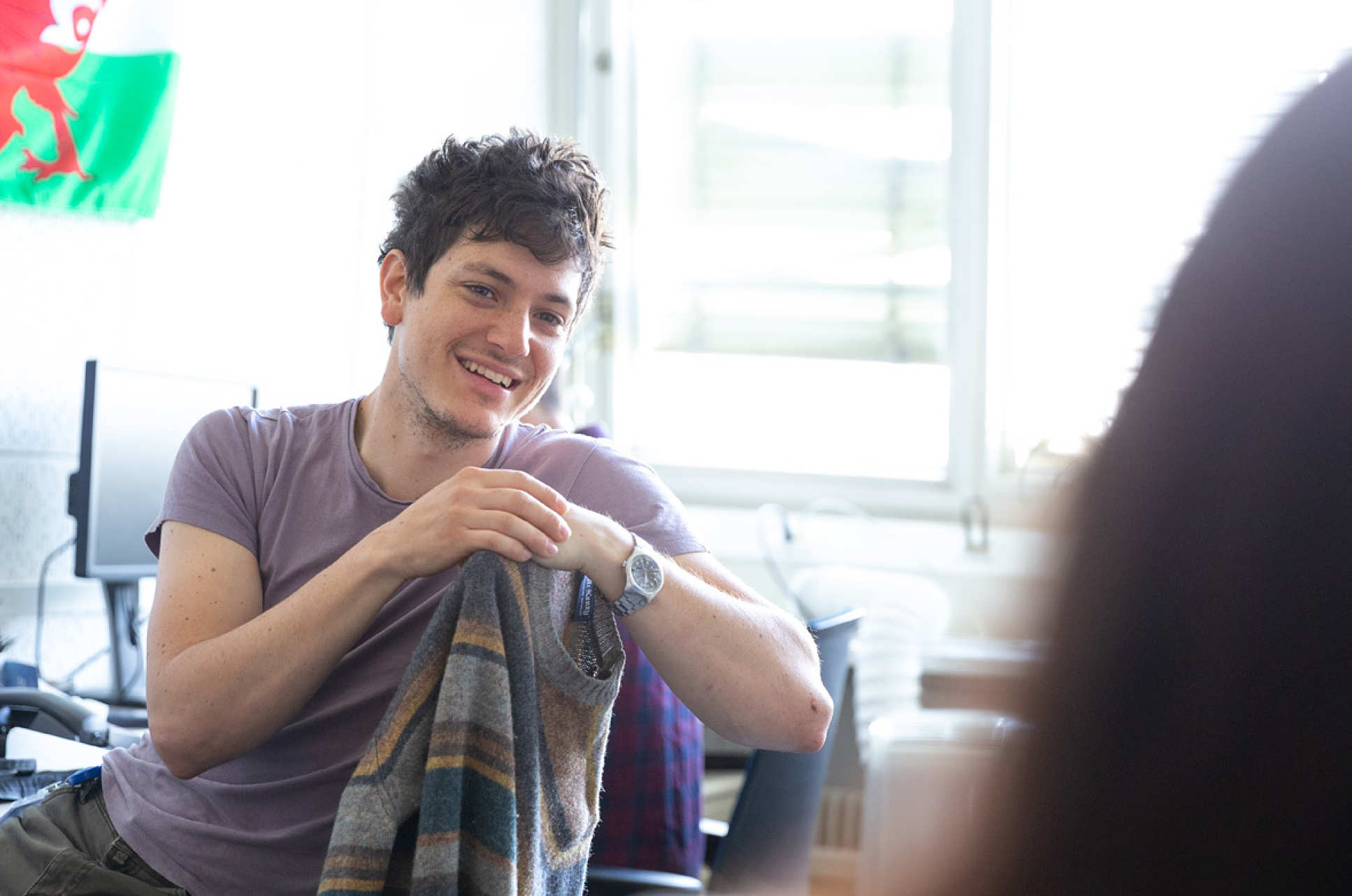
The power of collaboration
The CMS experiment is one of the largest international scientific collaborations in history, involving 4300 particle physicists, engineers, technicians, students and support staff from 182 institutes in 42 countries.
Professor Jim Virdee said: “This is really a collaborative effort. No single person, and no single country could achieve this alone. CERN is collaborative science at an enormous scale.”
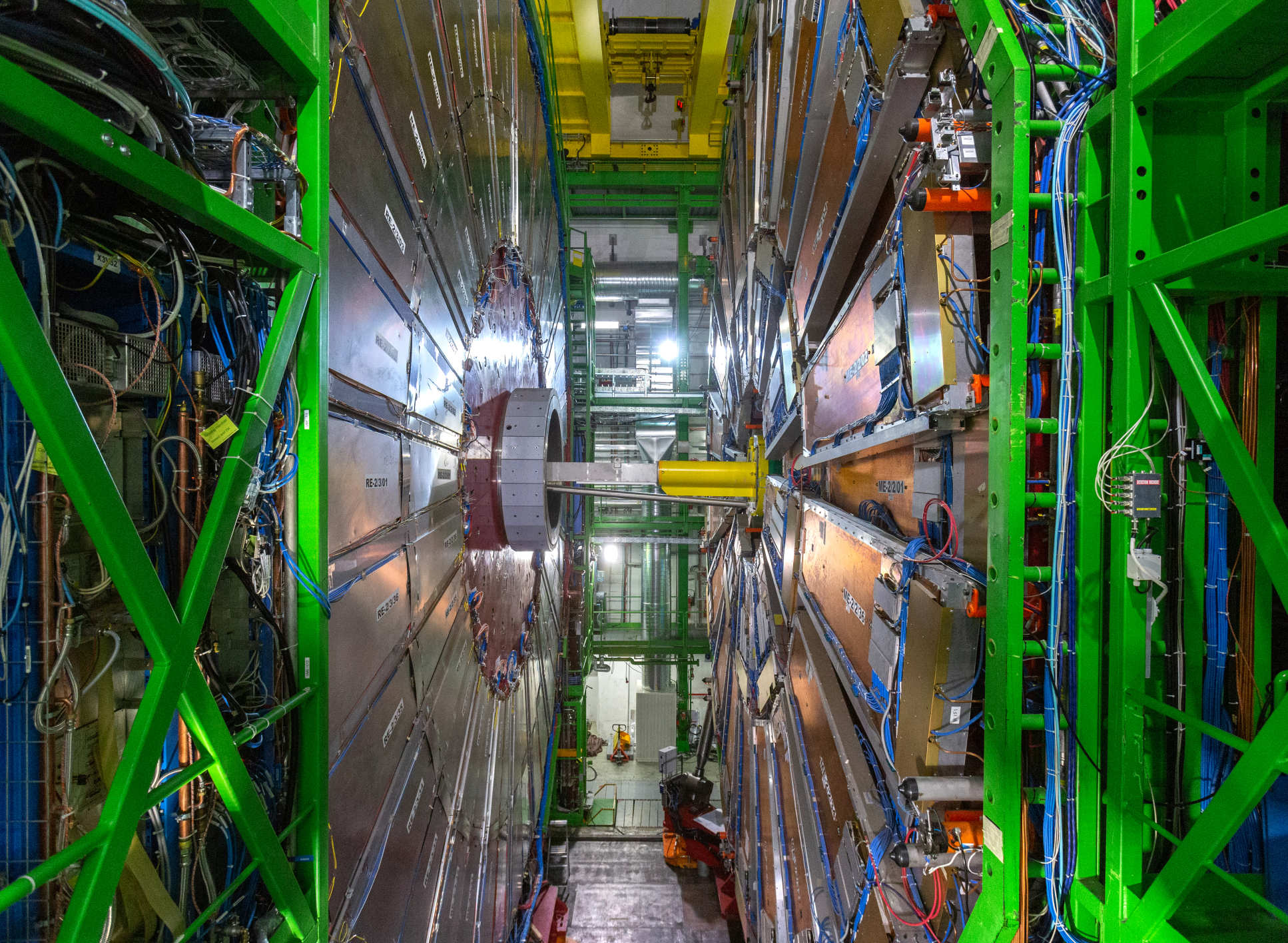
Addressing guests, Professor Alice Gast also made clear the importance of international collaboration: “CERN is more than just a feat of engineering. It is a tremendous human endeavour. It shows what happens when we collaborate across borders and work as partners”
“International teams are powerful”, she said. Research benefits from diversity, as researchers with different backgrounds bring new ideas and approaches to tackle difficult problems. Professor Gast likened this to “hybrid vigour” – the beneficial results of cross-breeding in plants.
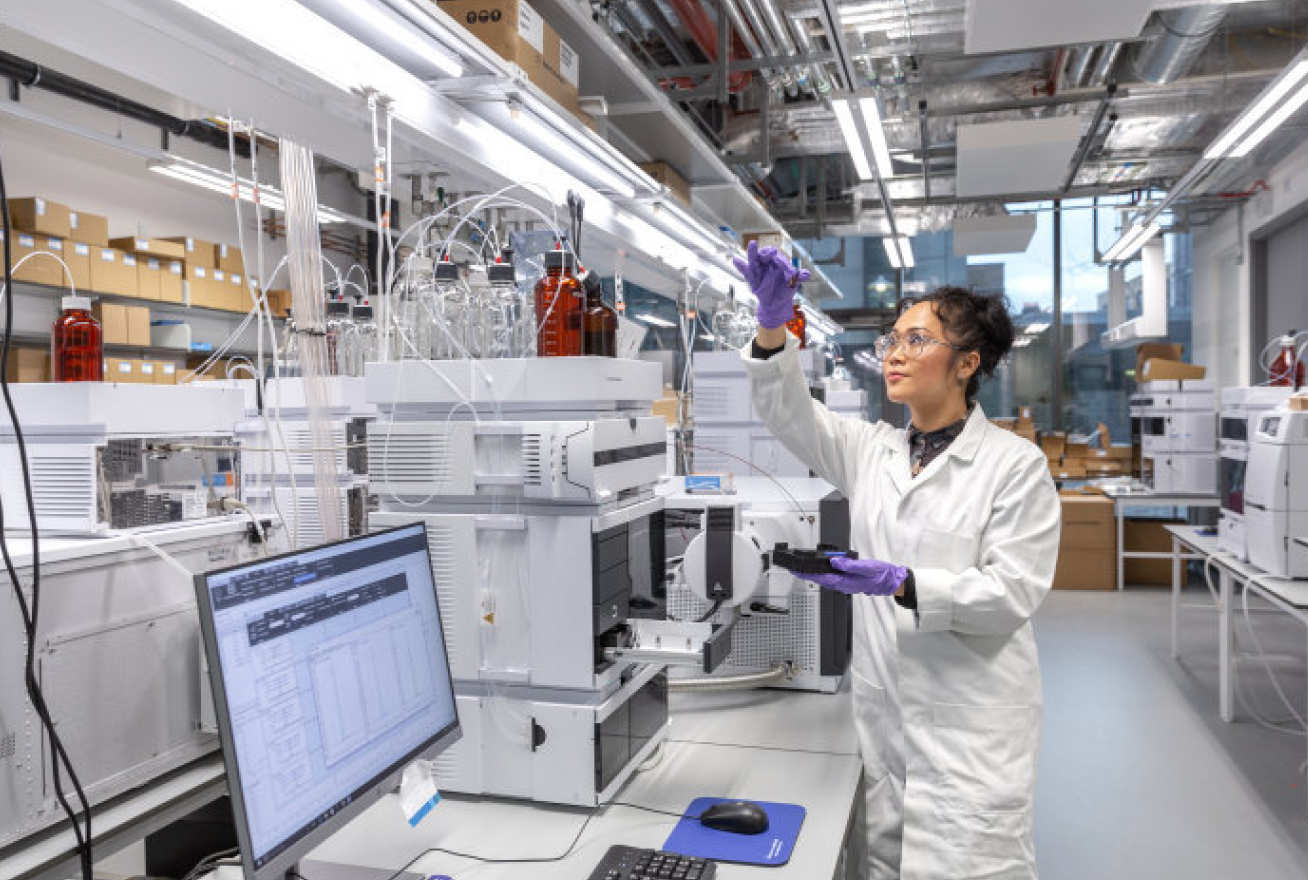
Imperial's White City Campus is following in the footsteps of CERN in providing first rate facilities and opportunities for collaboration in order to fuel new and innovative science, she said.
These include the £167 million Molecular Sciences Research Hub, which convenes more than 800 scientists, clinicians, engineers and business partners under one roof to address global challenges across areas such as energy, healthcare and sustainability.
Professor Gast highlighted her proposals for a streamlined Tier 1 visa system, and a visa sponsorship model that would allow trusted university employers to sponsor talented overseas staff. She also pointed to her support for post-study work visas for all STEM graduates.
The God particle
The Higgs Boson, often referred to as the “God particle” is a key feature of the Standard Model of particle physics. Its existence was finally confirmed experimentally at CERN in 2012, almost fifty years after it was first suggested. Professor Virdee described the discovery as a “towering intellectual achievement of humankind”.
Imperial’s scientists played a crucial part in the discovery of the Higgs boson. In the 1960s, the late Professor Sir Tom Kibble – former Head of Imperial’s Department of Physics – was one of six researchers whose work led to the eventual discovery of the particle.
His seminal work came in 1964, whilst working at Imperial, with the paper he wrote on 'Global conservation laws and massless particles' in collaboration with two American colleagues. This work, along with a later paper written by Sir Tom alone, led to the concept of the particle now known as the Higgs boson.
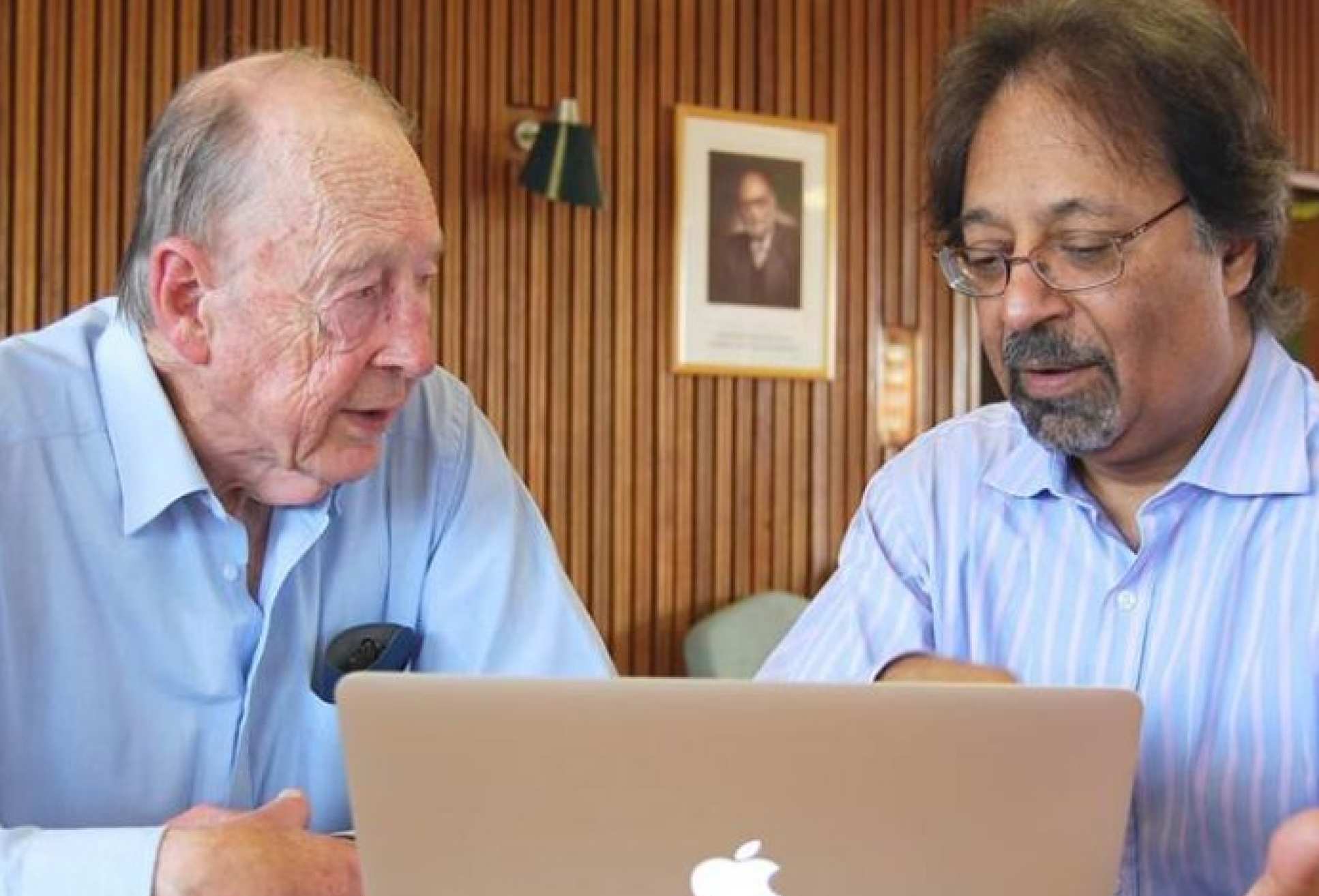
Imperial contributions
Imperial collaborations with CERN also include the Large Hadron Collider Beauty experiment, which is set up to explore what happened after the Big Bang that allowed matter to survive and build the universe we inhabit today.
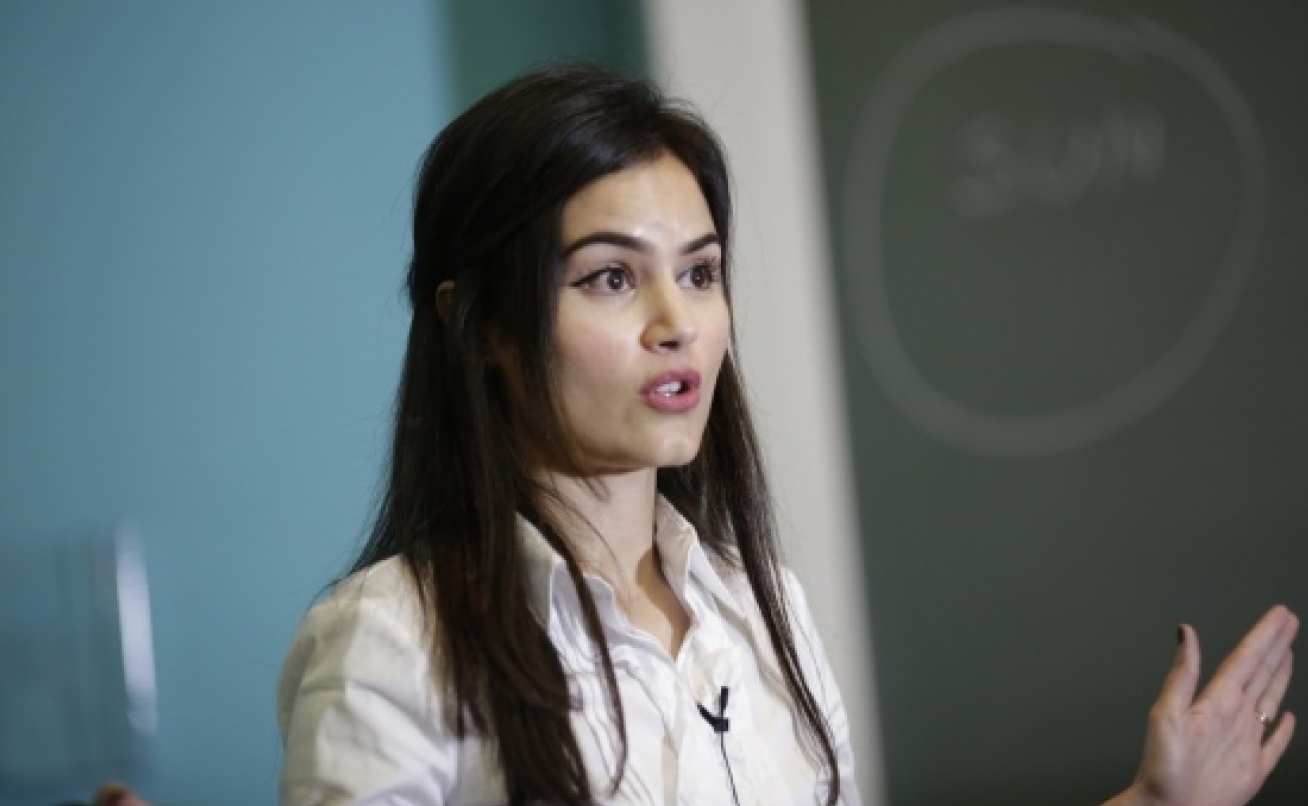
Professor Andrei Golutvin, Chair in Physics at Imperial, has proposed Search for Hidden Particles (SHiP) experiment, which will search for a very wide range of light and weakly interacting particles that can solve many of the major problems in particle physics.
Dr Sarah Malik, a Royal Society University Research Fellow at Imperial, also works at the LHC searching for evidence of dark matter particles, the elusive, non-luminous form of matter that makes up 80% of the matter in our Universe.
Imperial’s Professor Arttu Rajantie contributes to the MoEDAL experiment at the LHC, which is looking for a hypothetical particle with magnetic charge called the magnetic monopole.
Article text (excluding photos or graphics) © Imperial College London.
Photos and graphics subject to third party copyright used with permission or © Imperial College London.
Reporter
Deborah Evanson
Communications Division

Contact details
Tel: +44 (0)20 7594 3921
Email: d.evanson@imperial.ac.uk
Show all stories by this author



